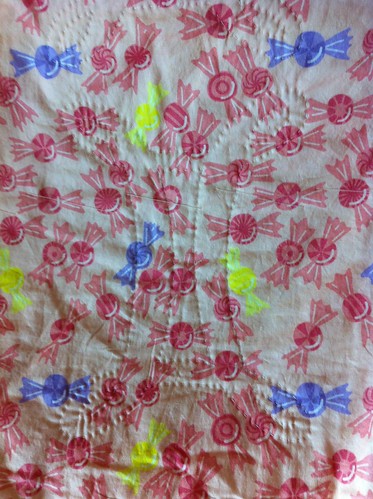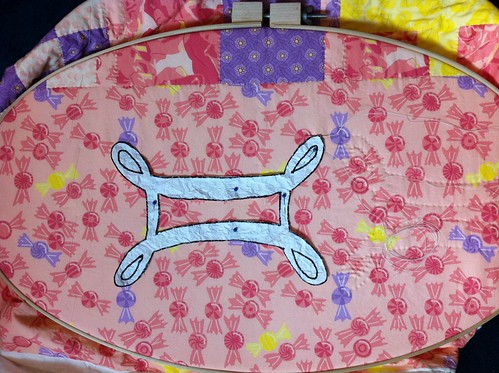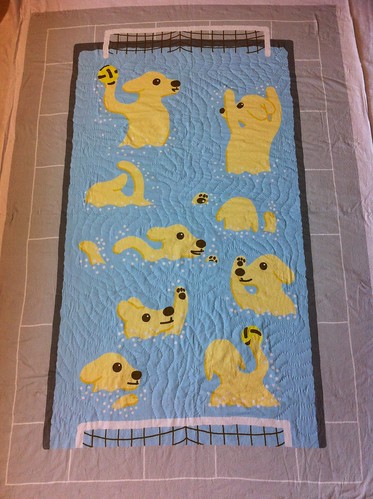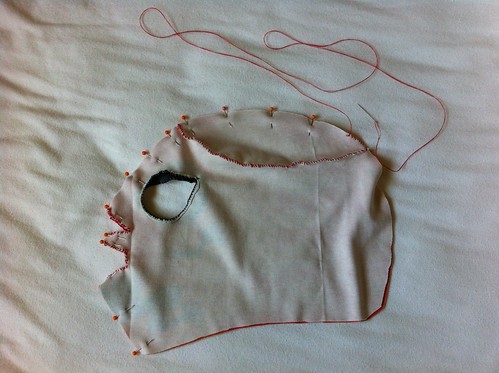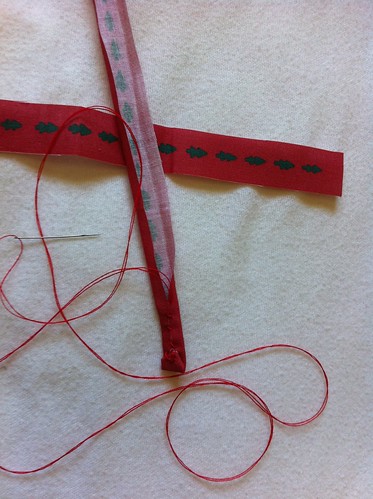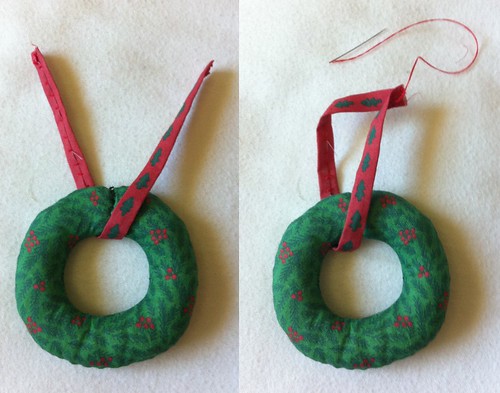I work as a software engineer, and at the time I created these my department was deep into converting to a "Scrum" style of development. I'm not going to get into all of what that means (google it!) but one of the main tenets of scrum is that the people involved in an effort can be divided into "pigs" and "chickens." Consider this story: a pig and a chicken are starting a breakfast restaurant. The chicken provides the eggs, and the pig provides the bacon. This causes the pig to remark to the chicken, "you're involved in this restaurant, but I'm committed!" Back to the world of software, the idea is that if you are not actually committed to a project, i.e. are merely a chicken, then you should, for the most part, be seen and not heard, particularly at daily status meetings. The analogy allows for a lighthearted way of enforcing the rule - you can remind people butting in unasked for that they are chickens, cluck at them, etc. I halted a rather senior person in full "take charge" swing by exclaiming "aren't you a chicken?!?" and wow, it was quite satisfying.
I forget the exact circumstances, but the project managers at work asked people to create drawings of pigs pretending to be chickens and vice-versa, to serve as metaphors of what not to do. I don't think anyone but me ended up creating any, though. In any case, eventually these got put on the cover of an internal Scrum guide the project managers printed up and put in all of the conference rooms. So I'm a famous artist, at least in my own department!
First off, the chicken pretending to be a pig. This is the most problematic from a Scrum perspective, because it means someone is butting in and trying to control things where they really don't have anything to contribute. To me the best part is the limp little pig front legs flapping empty in front of the chicken.

The pig pretending to be a chicken doesn't actually make as much sense from a scrum perspective (someone trying to slough off responsibility?), but I had to draw it anyway for symmetry.

Most horrifying of all, the mutant pig/chicken combination. Piggen? Chig? Whatever you call it, it looks like it would be pretty tasty! From the scrum point of view, this would be someone with an unclear role, not fully committed yet still necessary for a project.




